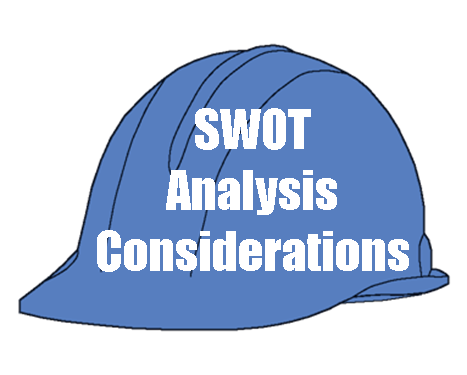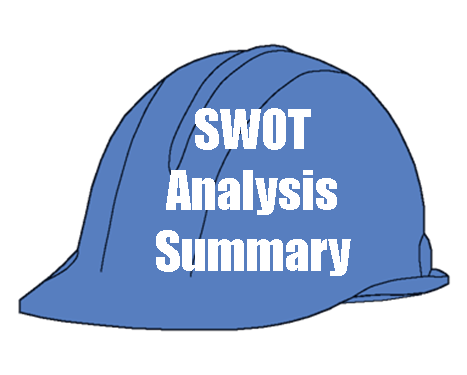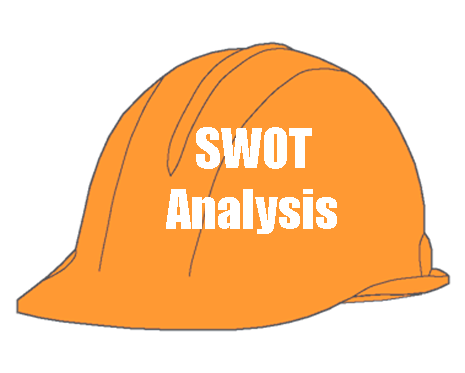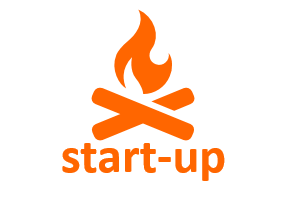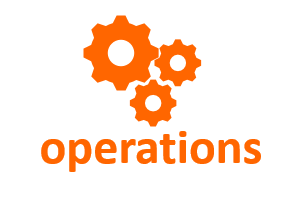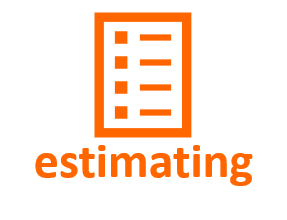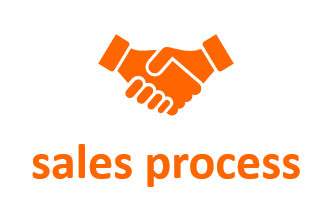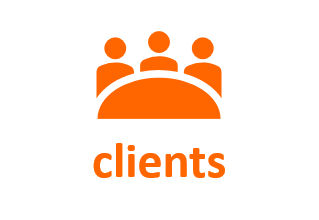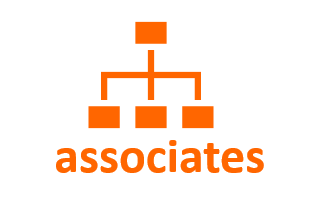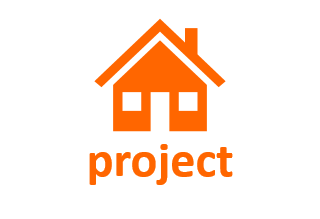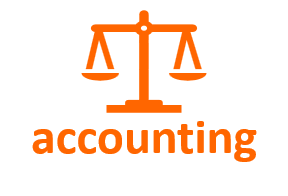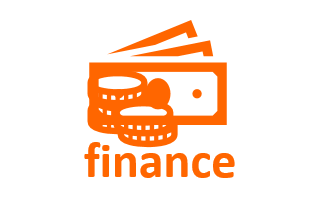BRAINSTORMING
Step 3 of the S.W.O.T. Analysis Process
The third step in the process is an extensive brain-storming session in which all participants are encouraged to address the major concerns which have been identified in the survey documents.
Pre-Planning for the session
Decide on the duration of the meeting. It may last one afternoon, a full day, or even two days. The session can be conducted during workdays or perhaps over a week-end retreat.
Set a hard date for the session. Pick a date and focus on having everything ready to go on the selected date. Treat the planning session with the respect it deserves.
Find and secure a location. The session can be run at your offices, but it is much better to conduct the meeting offsite. Many restaurants have meeting rooms they will make available to patrons. There are also local convention centers, stadiums, schools , libraries, and churches – all of which often have meeting rooms.
If you are inviting hourly workers to participate in the planning exercise, make it clear to them that they will be paid for their time. This could argue for holding the session during the work-week to avoid over-time compensation.
Arrange for refreshments and meals. The meals can either be catered or at a restaurant within walking distance.
Pre-Planning for the session
Distribute the survey forms. Ask all participants to return the forms as soon as possible. Encourage the participants to add comments to the survey form wherever appropriate.
In the Builder Academy S.W.O.T. Training Course
Distribute the "Memo to SWOT Participants" and make sure that the group accesses and completes the survey documents.
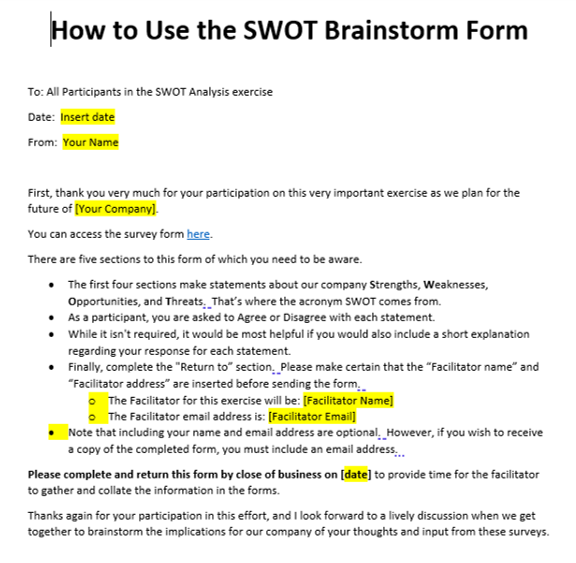
Once the surveys are completed and returned, study the
results of the surveys with the facilitator.
Based on the survey information, select the topics for discussion.
Look especially at the top positive and top negative responses to statements for each of the categories. Statements with wide Agree-Disagree variances should be seen as training opportunities to make certain that all participants have the same meanings for the wording used. If you receive questions regarding the meanings of the terms, recognize that as another training opportunity.
Read each comment made by a participant to better understand their responses to the statements.
Pay special attention to negative comments but make no effort to discover who made the comment. It is imperative that managers remove their ego and focus on identifying the circumstances that may have prompted the negative comment.
Set the Agenda
The facilitator and the managers will establish the agenda for the brainstorming session, based on the duration set by management.
In the Builder Academy S.W.O.T. Training Course
I have provided three meeting agendas in the Resources section of the course.
The first is for a half-day session, which would require very concentrated effort to get through all the topics to be covered. This format could be used on a departmental basis, for operations, marketing, or production, or for sessions conducted semi-annually.
The second is for a one-day session and provides more time for thinking and discussion. This is the format typically used for annual SWOT sessions.
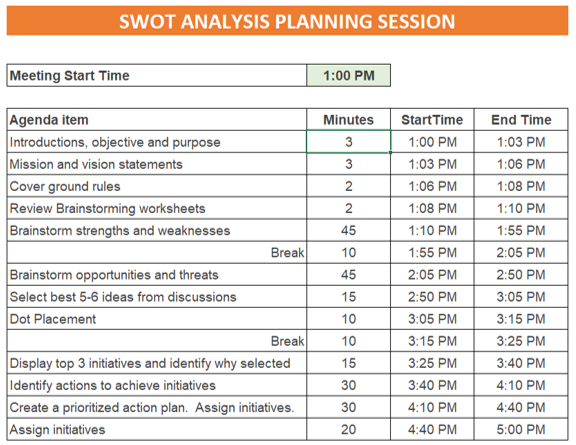 |
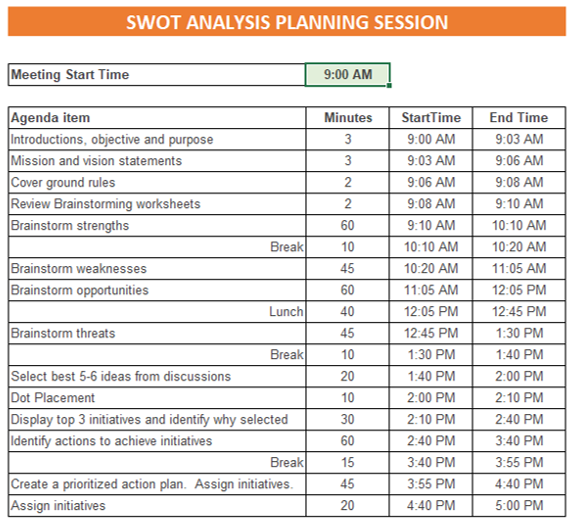 |
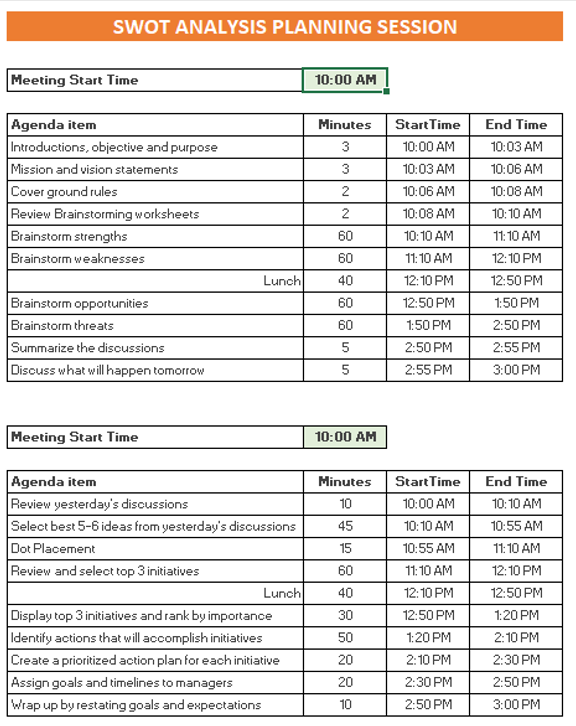 |
Beginning the brainstorming session
The Facilitator should begin by describing the process to be followed.
Distribute the agendas and read through the Ground Rules, emphasizing that the meeting site will remain a safe place for everyone to express their thoughts about the company.
Upper Management should be very careful about speaking in support or opposition to ideas that surface during the discussion. Upper management’s role is as a cheerleader for the exercise, not as a dominant player in the game.
Responsibilities of the Facilitator include explaining the purpose of the meeting, keeping the discussion focused, staying on the agenda topics and activities, and keeping to the schedule.
The facilitator will also work to ensure that every participant has the opportunity to add to the flow of ideas.
The facilitator is leading the group in the search for the top Strengths of the organization and how those strengths might be applied to the top Opportunities.
The Facilitator is also seeking the group’s analysis of the top Weaknesses and how they can be turned into Strengths or how they might be eliminated or, at least, reduced in impact.
The Facilitator also wants the group’s opinions on the top Threats, and how the company can develop strategies to shield itself from the dangers posed by these Threats.
The Brainstorming exercise is an extensive effort in which all participants are encouraged to address the major concerns which have been identified in the survey documents or which may surface during the discussions.
In the Builder Academy S.W.O.T. Training Course
The Resources section contains thought-gathering documents for Operations, Marketing, Crew, Projects, and Finances. These should be distributed to each participant as an organizational tool for all the ideas which are going to come out of the session.
Documenting the ideas
During the discussions, the Facilitator should use flip charts with easel, overhead projector, or some other method of documenting the ideas as they are generated by the participants.
I prefer using Post-It style flip charts and tearing off the pages to be stuck to the wall as they are completed.
Start with individual sheets headed Strengths, Weaknesses, Opportunities, Threats. On each of these sheets, list the 3-4 category items which surfaced during the analysis of the participant surveys.
Ask for additional input from the group on each of the items listed, and summarize any additional comments on the sheet. Solicit additional category items to add to each sheet.
As you complete each category, tear-off the sheet and mount to the wall you are using to display the sheets.
Selecting the initiatives to work on
Once the main ideas for each category have surfaced, and the pages are mounted to the walls around the room, the participants will have the opportunity to indicate which of the ideas they deem most important.
Each member of the group will have several sticky dots that they will place on the ideas they think are best. If they wish to be called on to discuss the idea, they will initial their dots. In place of the dots, smaller post-its can be used on which each person can comment regarding the ideas they select.
The ideas with the most support, as evidenced by the dots, will be selected for further development.
At this point, the Facilitator will select the top 3-5 of those ideas and begin the flip chart process again by heading a sheet with each selected priority, and then, with participant input, developing a strategy to accomplish that initiative.
The focus for each initiative should be the SMART model, looking for suggestions that are Specific, Measurable, Achievable, Reasonable, and Time Bound. This process is developed more in Step 4 – the Payoff.
If this is your first time...
If this is the first time you have conducted a S.W.O.T. Analysis in your company, don't be alarmed if you run through periods of silence where participants are just thinking about the questions before them.
In fact, you should build such periods of contemplation into the agenda.
This is a new idea to a lot of people.... to be able to openly express their concerns about the company, what they like about the company, what their concerns are about management, and so on.
Just let it develop naturally.
You'll be surprised and pleased with the results.





